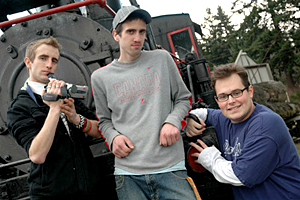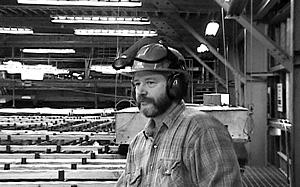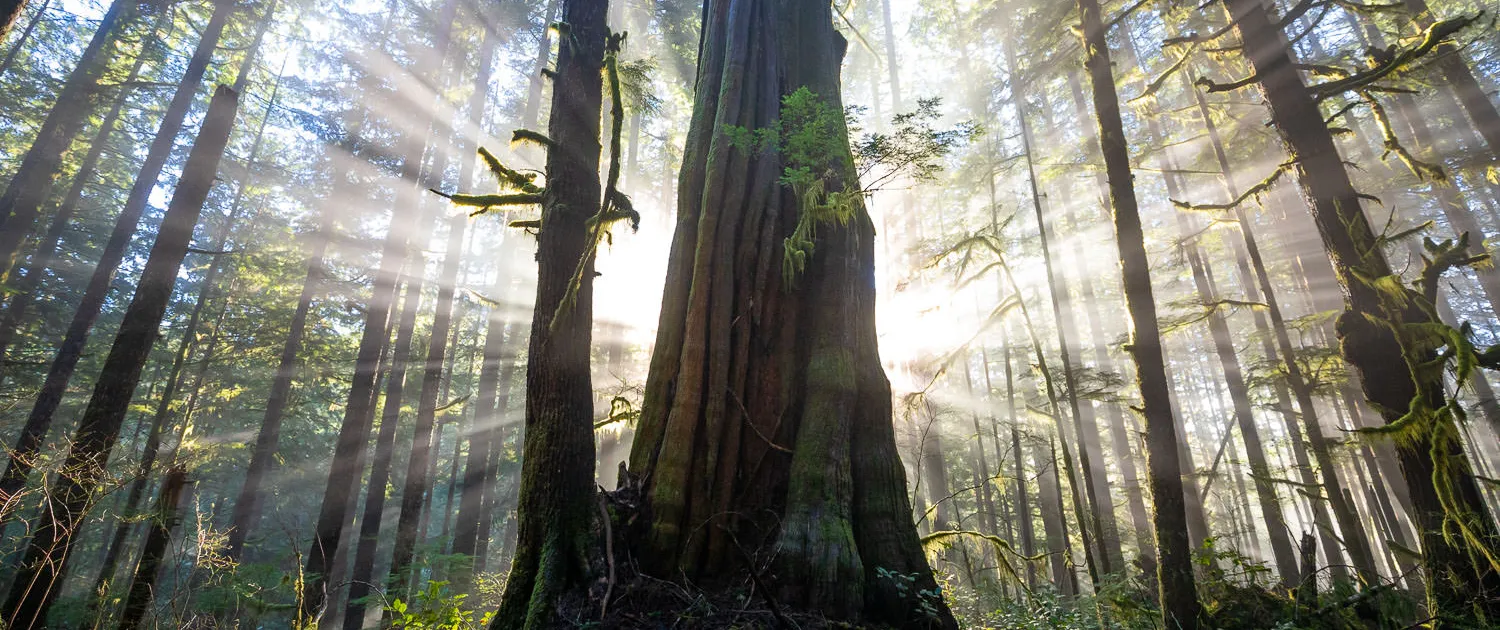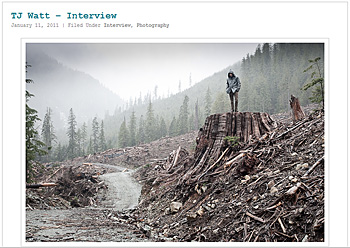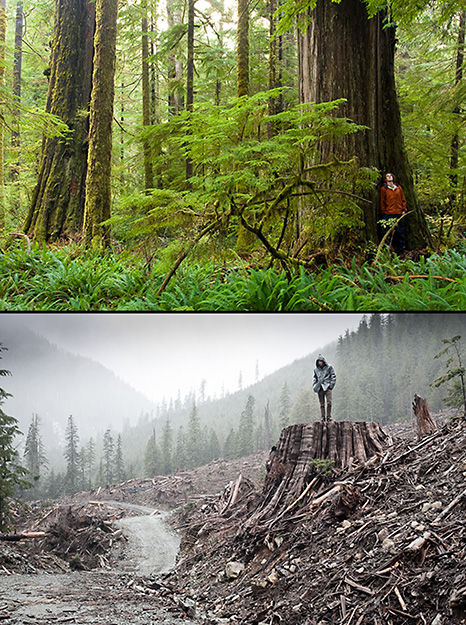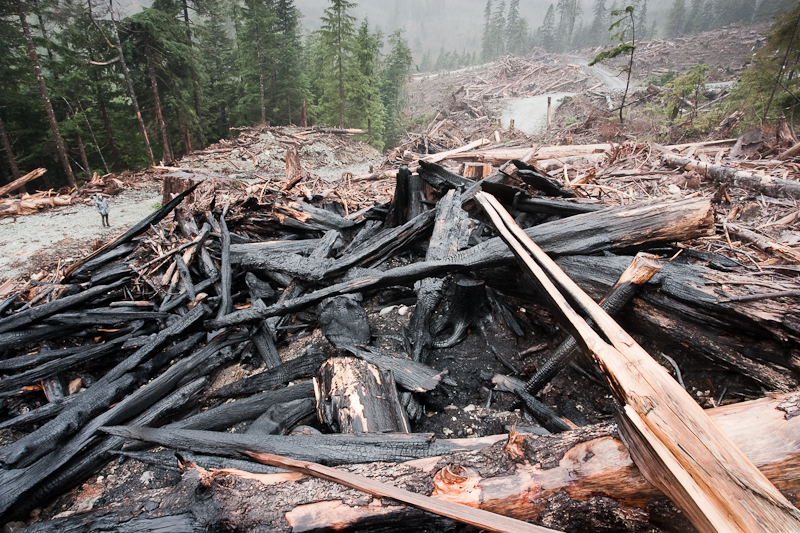Searching for the ‘sweet spot’ in the carbon debate
In the recent global climate talks in Cancun, Mexico this past December, then Federal Minister of Environment, John Baird, said that conserving and managing our forests sustainably is “one of the most inexpensive ways to combat global warming and to see carbon reductions.”
The valuable contribution intact forests make in conserving natural carbon stores to help in the fight against climate change has been largely overlooked in BC. Like a bank account that can store carbon away for hundreds of years, the service of keeping carbon in the ground and out of the atmosphere, is provided free of charge by our intact forests. When forests are logged, the carbon-rich soils, forest floor, and woody biomass release much of that stored carbon into the atmosphere.
The British Columbia Greenhouse Gas Inventory Report 2008 reveals that logging and slash burning – although not officially included in the accounting — were responsible for 63,246,000 tons (gross) of CO2-equivalent greenhouse gas emissions. This is higher than the total greenhouse gas emissions from BC’s entire energy sector for that year — including emissions from road transportation, and fossil fuel and manufacturing industries.
Most climate change experts and conservation organizations, and a growing number of corporations and communities, agree that meeting robust targets to reduce greenhouse gases like carbon dioxide, as soon as possible, must be a societal priority. For many companies and communities, it will take time to reduce carbon- and other greenhouse gas-intensive infrastructure. Fortunately, BC’s coastal and other primary forests store vast amounts of carbon for us now, when we need it, not decades into the future, such as when seedlings grow into trees.
High quality forest conservation carbon offsets are one financial tool that can prevent emissions of tremendous amounts of carbon into the atmosphere, thereby helping in the fight against global climate change. Used strategically, if the areas conserved are large enough and form part of a broad conservation network, these offset projects also have the potential to help protect species such as the grizzly, salmon, and birds as they struggle to survive the impacts of a changing climate. In addition, economic benefits from the sale of truly high quality forest conservation offsets flow to landowners or communities — including First Nations — which can improve human well-being and provide a conservation-based economic alternative to land degradation.
Forest offsets for carbon emissions, and carbon offsets generally, can be a greenwash marketing strategy if not coupled with concurrent measures to make ever-increasing and real reductions in greenhouse gas emissions. Added to that, there are ‘good’ projects that meet the intended objectives and there are others that fall flat, giving all carbon offset projects a bad rap. This is why it’s incredibly important to recognize and support ‘good’ projects. For that, we need to have standards for carbon offsets that are rigorous – so that we can trust the projects and help the climate.
BC has some of the world’s most carbon-rich forests – one needn’t look farther than western Vancouver Island and all along BC’s emerald coastline. If BC can find the “sweet spot” wherein species habitat and the ecosystem services that ensure our survival – such as natural carbon storage — can be protected, and wherein conservation of more forest can provide alternate, revenue streams for community well-being, shouldn’t that be of great interest to all British Columbians? The Tofino District Council and the Tofino-Long Beach Chamber of Commerce — both of which exist and operate within the Clayoquot Sound UNESCO Biosphere Reserve — have recently sent in letters of support for forest carbon offset projects that conserve intact forests.
The deadline for the BC Ministry of Environment to receive public comments on the draft Forest Carbon Offset Protocol is fast-approaching. It is important that they establish rigorous standards for all forest offset projects that result in ‘real’ avoided or reduced emissions, or in robust greenhouse gas removals, and at minimum, do not cause net environmental harm.
Marlene Cummings is the BC Forest Campaigner with ForestEthics, and has a Master of Science in Environmental Planning from the University of British Columbia.
Link to original article: https://communities.canada.com/vancouversun/blogs/communityofinterest/archive/2011/01/27/searching-for-the-sweet-spot-in-the-carbon-debate.aspx


